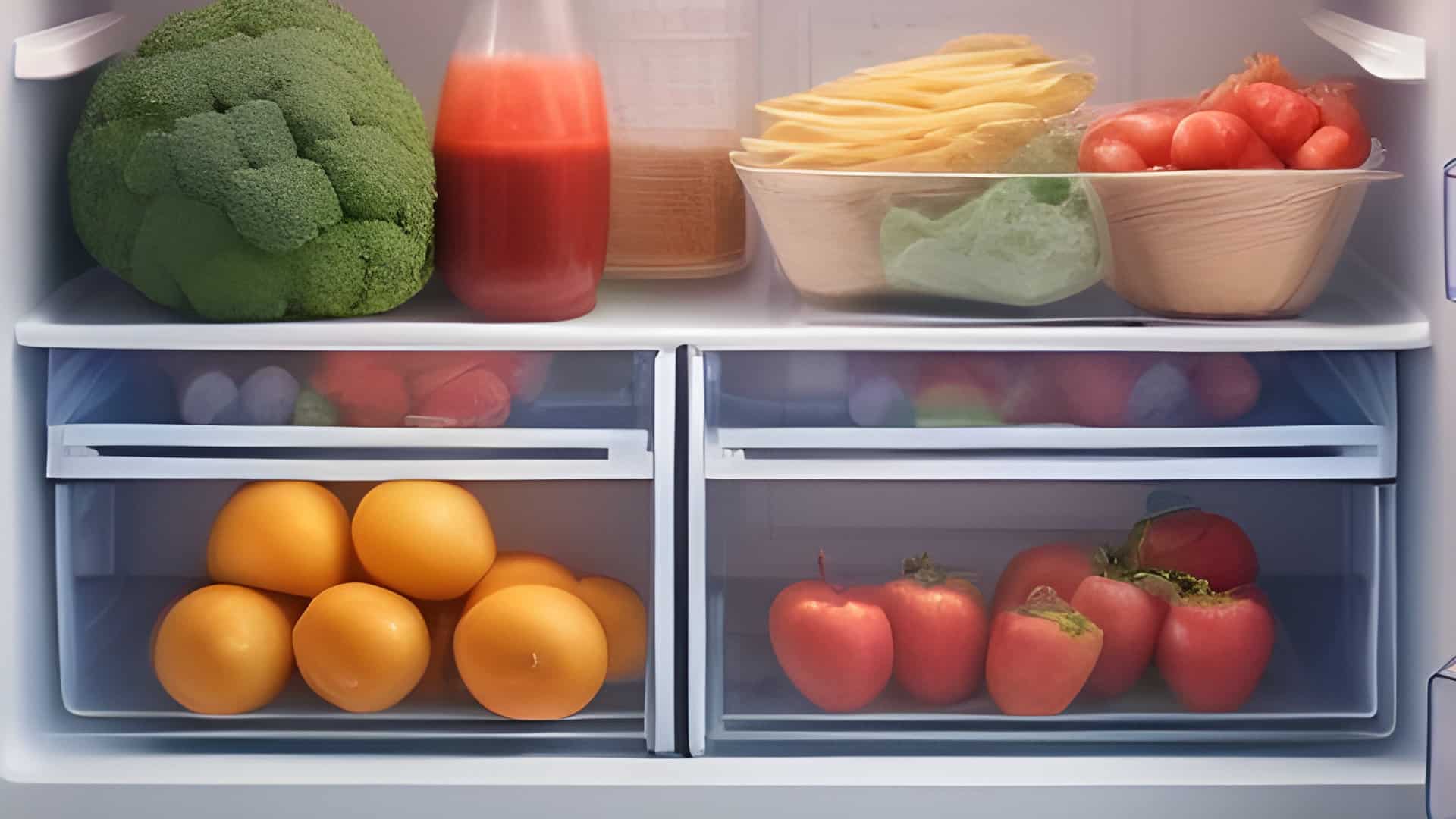Researchers at the Massachusetts Institute of Technology (MIT) hope to one day turn magnets into cooling devices for refrigerators. While the project is still in its early stags of development, the “theory” involves the use of quasi-particles within the magnets (known as magnons) that literally pull heat away from a given source. So rather than using the standard condenser and coolant, refrigerators may one day use magnets to stay cool – at least that’s what MIT researchers are hoping.
MIT grad student Bolin Liao notes that since you can pump heat from one side to another, you can use a magnet to create a cooling effect. This theory isn’t limited strictly for use in refrigerators, however. The group hopes to create a cooling magnet that can target any object at which it’s pointed. If your smartphone is charging across the room, you could theoretically point a cooling magnet at it to keep it cool.
“You can pump heat from one side to the other, so you can essentially use a magnet as a refrigerator. You can envision wireless cooling where you apply a magnetic field to a magnet one or two meters away to, say, cool your laptop,” said Bolin Liao, a graduate student in MIT’s Department of Mechanical Engineering. “People now have a new theoretical playground to study how magnons move under coexisting field and temperature gradients,” Liao said. “These equations are pretty fundamental for magnon transport.”
Liao and his team of colleagues identified behavior with magnons in which these particles move as a response to either temperature changes or a magnetic field. Using this information, the team developed a theory that magnons may have a cooling effect when exposed to a magnetic gradient field, which would then carry heat to the opposite side of the magnet.
What are some of the benefits of cooling a refrigerator with magnets? If the group’s theory is turned into a reality, it could make refrigerators more environmentally friendly, energy efficient, and cheaper. Refrigerators are designed with coolant to maintain their cool temperatures. Older models featured freon, which is known to deplete the ozone layer. Newer models, on the other hand, feature a more Eco-friendly variant, known as HFC-134a. If the researchers’ plan works, it could eliminate the need for coolant in refrigerators.
Of course, this project is still in the early stages of development, so don’t expect to see cooling magnets powering refrigerators anytime soon.
“At this stage, potential applications are in cryogenics — for example, cooling infrared detectors. However, we need to confirm the effect experimentally and look for better materials. We hope this will motivate new experiments,” said Gang Chen.
You can read more about the cooling magnet project by visiting https://newsoffice.mit.edu/2014/theory-predicts-magnets-may-act-as-wireless-cooling-agents-0725.

Whirlpool Washer Error Codes Explained

How to Wash a Hat in the Dishwasher (In 5 Steps)

How to Fix the nF Error Code on a Samsung Washer

Kenmore Elite Dryer Issues: How To Troubleshoot

Microwave vs. Oven: Pros and Cons and How They Differ

Self-Cleaning Oven Smell: Causes & Odor Reduction Tips

Frigidaire Ice Maker Not Working? 7 Ways to Fix It

Why Is Your LG Refrigerator Not Cooling? (9 Common Reasons)

GE Oven F2 Error: Causes & Solutions







